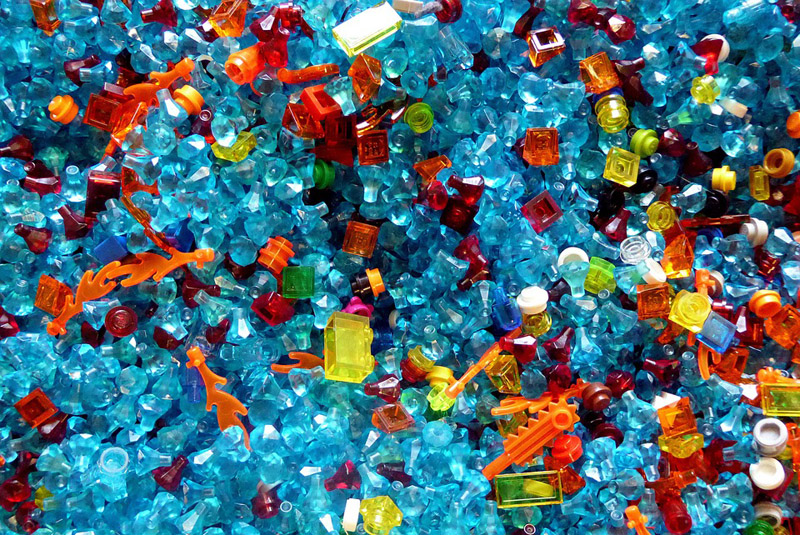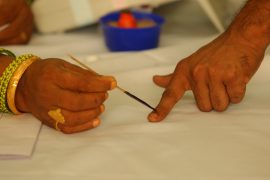The world of plastics is nothing short of a wonder — a ‘smorgasbord’ of realistic miracles. Picture this — as scientists bend light through wafer-thin plastics while using silicone, the outcome is nothing short of the phenomenal. To cull a few examples — the emergence of extremely tough, but lightweight plastics that has revolutionised science and technology, more so in the ever-expanding, sophisticated world of medicine and particularly in the rapidly advancing field of implants. For instance, artificial blood vessels made of plastics, and valves, or the commonly used polymer material for cardiac pacemakers, among others. Plastics not only encapsulate but also protect the enormously delicate electronic components that reside within such life-saving ‘gizmos.’
During the last few decades, plastic has made healthcare simple and less painful — thanks primarily to new techniques and prostheses. In other words, the use of plastics has reduced contamination, or infection, and relieved pain, while cutting down medical and surgical costs. In the process, it has prolonged and improved our quality of life and also saved innumerable lives.
Disposable Advance
While the use of plastic medical disposables has reduced infection significantly, modern prosthetic devices, made of plastics are progressively providing comfort, flexibility, mobility and life-like appearance. Just think of it — artificial hips and knees that use plastics to help provide smoothly working, trouble-free joints. Think also of medical packaging with tamper-proof seals — nearly 100 per cent of all pharmaceutical packaging uses the know-how. Or, to pick another exemplar, child-resistant caps that help keep prescription and other medications away from tiny hands.
-30-
Copyright©Madras Courier, All Rights Reserved. You may share using our article tools. Please don't cut articles from madrascourier.com and redistribute by email, post to the web, mobile phone or social media.Please send in your feed back and comments to [email protected]











